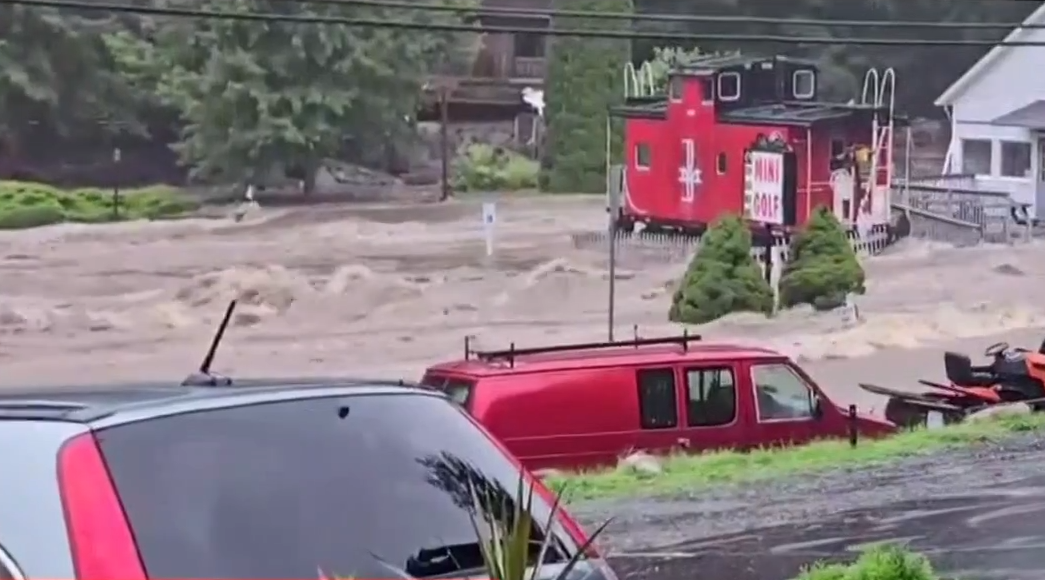On August 18, 2024, Connecticut experienced a severe flash flooding event that left the state reeling. Heavy rains drenched the region, leading to flash flood emergencies being declared in several counties. This flooding was considered unprecedented, with some areas receiving between six to ten inches of rain in around nine hours, overwhelming local infrastructure and emergency services.
Early Monday morning, nearly 1 million residents in Suffolk County, New York were under a flash flood emergency, with 2 to 4 inches of rain falling and an additional 1 to 2 inches possible.

The Scale of the Flooding
The flash floods primarily affected the southwestern regions of Connecticut, with Fairfield and New Haven counties being among the hardest hit. These areas saw rapid water accumulation, causing rivers and streams to overflow, flooding streets and residential areas. In towns like Danbury, the situation became critical, with several roads submerged under several feet of water. The flooding was so severe that it led to emergency water rescues and forced evacuations in parts of the city.
The city of Oxford, about 15 miles northwest of New Haven, was hit hard. 19 people were rescued by first responders from an Oxford restaurant and nearby apartment. There was a report of a missing person, with later reports of two deaths. At this time, it is unclear if one of the deaths is the missing person.
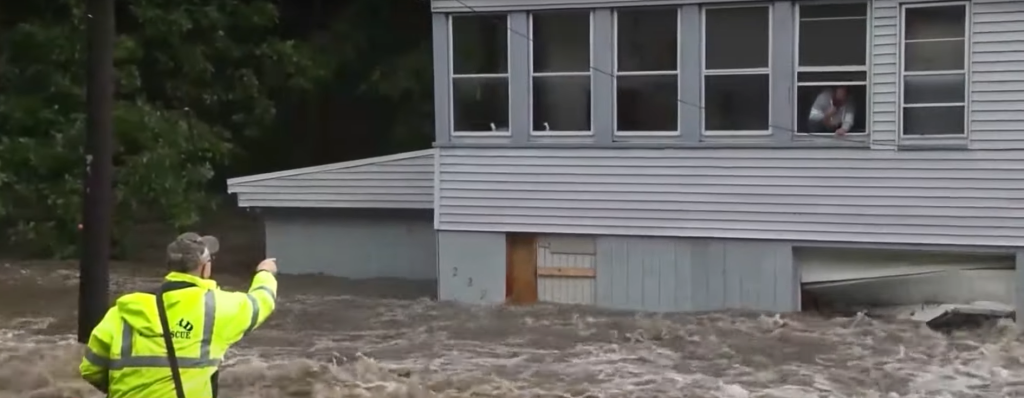
Emergency Responses and Evacuations
Local authorities and emergency services were on high alert as the flooding intensified. In Danbury, the combination of landslides and gas leaks due to the heavy rains led to evacuations in multiple neighborhoods. Emergency responders were dispatched across the state, but the sheer scale of the flooding made it difficult to manage every incident. In New Haven County, the flooding was so intense that it filled streets faster than the drainage systems could handle, prompting travel warnings and road closures.
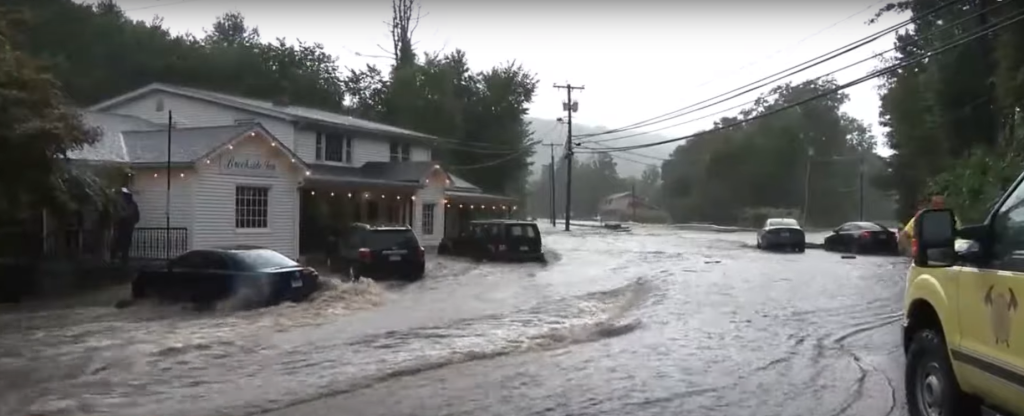
Disruptions to Daily Life
The flash floods caused widespread disruptions to daily life in Connecticut. Several major highways, including Interstate 95, were partially closed due to floodwaters and accidents. In Danbury, multiple roads in the downtown area were rendered impassable, and some residents were trapped in their homes as water levels rose rapidly. The flooding also led to power outages, with thousands of households losing electricity at the peak of the storm.
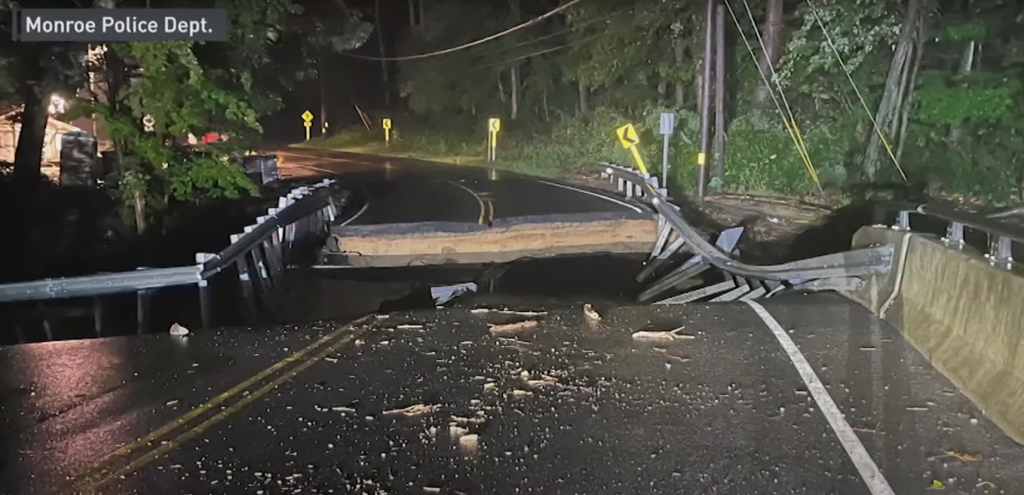
Impact on Infrastructure
Connecticut’s infrastructure took a significant hit from the flooding. The state’s road network was heavily affected, with some roads completely washed away. The intense rainfall caused damage to bridges and culverts, leading to dangerous driving conditions and multiple accidents. In some cases, emergency services had to close roads entirely to prevent further accidents and ensure public safety.

Water Rescues and Safety Concerns
One of the most alarming aspects of the flooding was the number of water rescues that had to be performed. As roads and low-lying areas quickly filled with water, emergency services were called in to rescue individuals trapped in their vehicles or homes. In some areas, residents were advised to stay indoors unless their safety was at immediate risk, as emergency resources were stretched thin.

The Role of the National Weather Service
The National Weather Service (NWS) played a critical role in managing the crisis by issuing timely warnings and updates. The NWS had been tracking the storm and issued flash flood warnings well in advance, helping to minimize casualties. Despite these warnings, the severity of the flooding caught many by surprise, as the rain was much heavier and more concentrated than initially predicted.

Community Response and Resilience
In the aftermath of the flooding, communities across Connecticut showed remarkable resilience. Neighbors helped each other to evacuate flooded homes, and local organizations set up shelters for those displaced by the floods. The community response was swift, with volunteers assisting in cleanup efforts and local businesses providing aid to those affected.
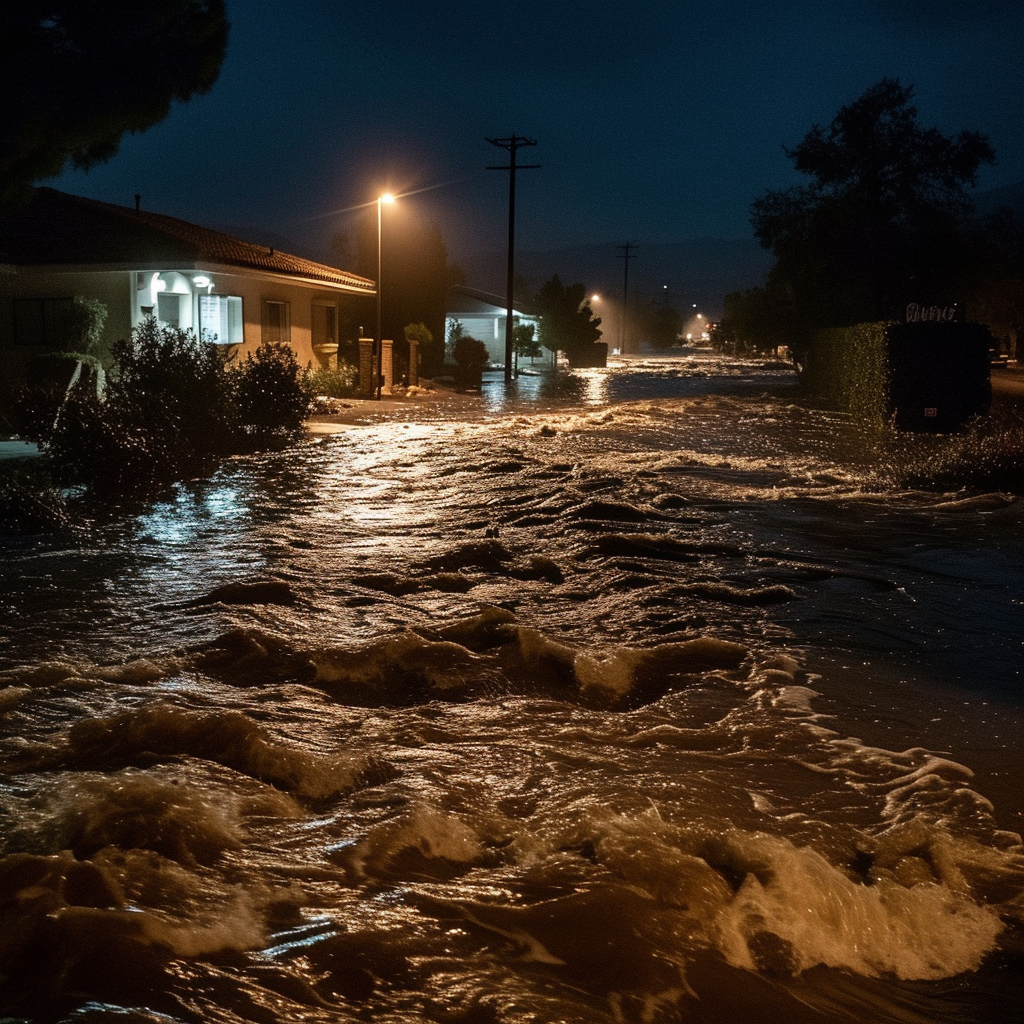
Long-term Consequences
The long-term consequences of the flash floods are still being assessed, but it is clear that the event will have lasting impacts. The damage to infrastructure will require extensive repairs, and the economic impact on local businesses could be significant. Moreover, the psychological impact on residents who faced evacuation or water rescues is another concern that will need to be addressed in the coming months.

Future Lessons
This flooding event serves as a stark reminder of the increasing frequency and severity of extreme weather events due to climate change. Connecticut will need to invest in more robust infrastructure and emergency response systems to handle such events in the future. Additionally, residents may need to adapt to new norms of more frequent and severe storms, requiring better preparation and more resilient community planning.
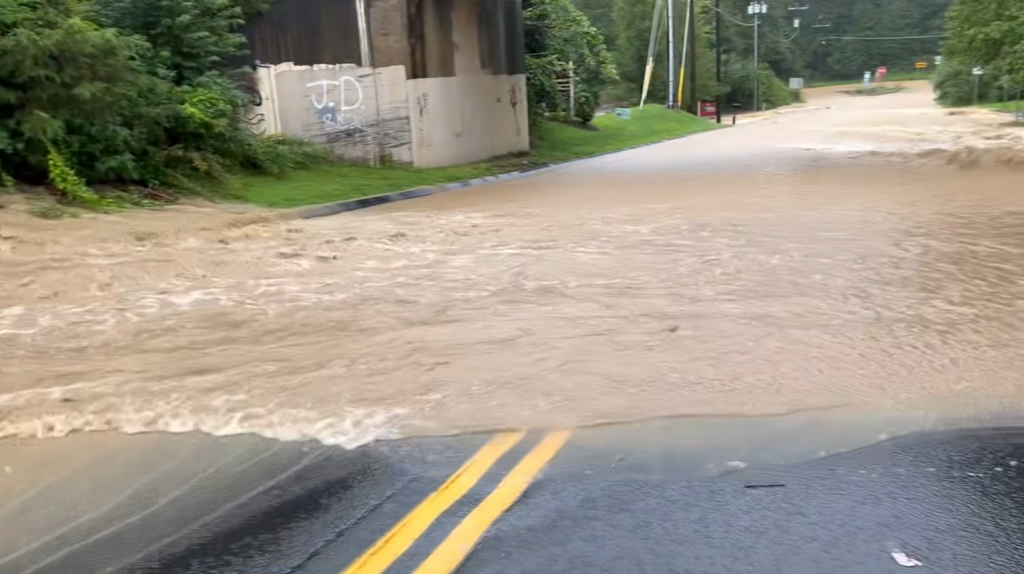
Rebuilding and Reflection
The flash floods that struck Connecticut in August 2024 were a harsh wake-up call for the state, highlighting the need for greater preparedness and resilience in the face of extreme weather. While the immediate crisis has passed, the recovery efforts will continue for weeks, if not months, as communities rebuild and reflect on the lessons learned from this unprecedented event.

